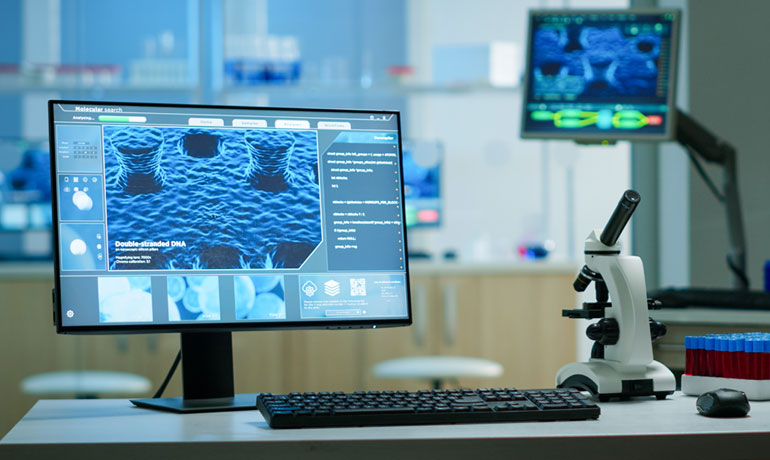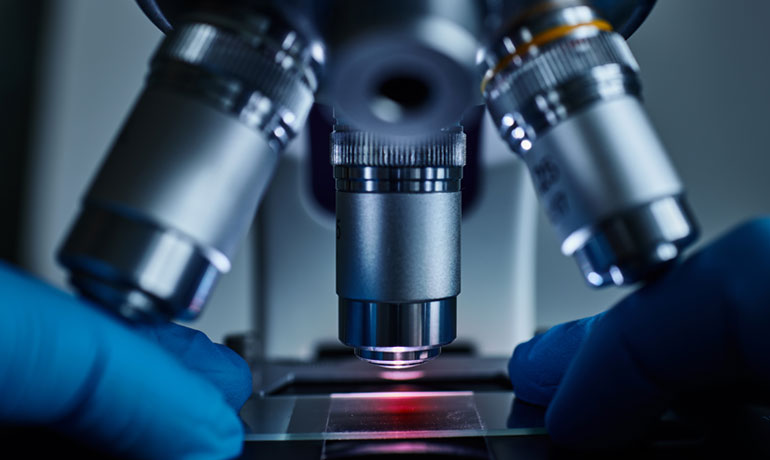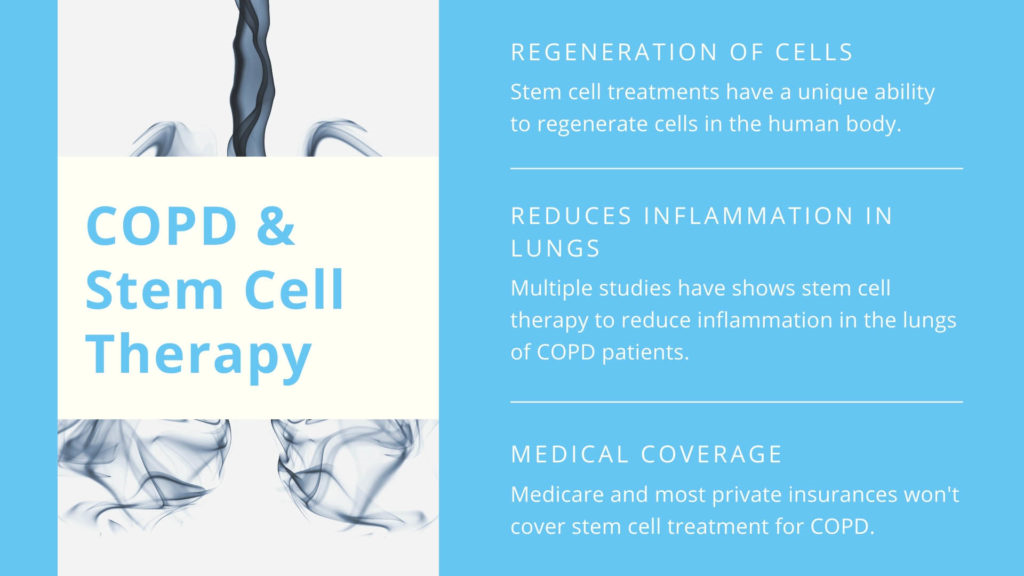Abstract
Patients have an ongoing unmet need for effective therapies that reverse the cellular and functional damage associated with heart damage and disease. The discovery that ~1%–2% of adult cardiomyocytes turn over per year provided the impetus for treatments that stimulate endogenous repair mechanisms that augment this rate. Preclinical and clinical studies provide evidence that cell-based therapy meets these therapeutic criteria. Recent and ongoing studies are focused on determining which cell type(s) works best for specific patient population(s) and the mechanism(s) by which these cells promote repair. Here we review clinical and preclinical stem cell studies and anticipate future directions of regenerative medicine for heart disease.
INTRODUCTION
The leading cause of death by non-communicable disease in the world is cardiovascular disease (CVD), and the American Heart Association estimates that over half of all Americans above the age of 40 suffer from CVD, much of it hypertension-related.1 While the number of Americans dying from CVD was decreasing, that trend began reversing in ~2012.1 Current treatments for CVD focus primarily on slowing disease progression or ameliorating pre-existing myocardial damage; however, the field lacks interventions that fundamentally reverse the progressive nature of CVD. Many patients with end-stage heart damage will require a heart transplant,1 yet there is a profound shortage of donors,2 illustrating the tremendous need for alternative/novel therapies.
One such approach is stem cell or cell-based therapy, a relatively new frontier in biomedical research that has sparked much debate and controversy in cardiovascular medicine.3,4 The heart was once thought to be incapable of regeneration, but the current consensus is that ~1%–2% of cardiomyocytes turn over each year with a rate that decreases with age. Cardiac remodeling has been characterized by a persistent inflammatory reaction after acute stress and during chronic pathologies,5 increased oxidative stress,5 myocyte apoptosis,6 imbalanced oxygen consumption, energy metabolism and extracellular matrix formation contributing to scar formation,7 endothelial dysfunction,8 and decreased capillary density and neovascularization.9 Stem cells and other cell-based therapies hold promise to counteract these effects and promote cardiac repair. Stem cells, strictly defined, possess the properties of both self-renewal and differentiation, whereas other cell-based approaches act through the transmission of factors that stimulate endogenous regenerative pathways. Current data support the idea that both approaches improve cardiac structure and function, and this implication of cardiac repair has spurred much excitement in the field.10 A current great debate is whether engraftment and differentiation of exogenously administered pluripotent stem cells is a requirement for a therapeutic response, with some investigators arguing that it is an essential requirement for a therapeutic response.11,12 This controversy is intensified by the observation that pluripotent stem cell therapies produce ventricular arrhythmias in preclinical, large-animal models,11,13,14 delaying clinical testing and the ability to compare these approaches with non-pluripotent cell-based therapies, which enjoy a substantial safety profile.Clinical trials have assessed the safety and feasibility of cell-based therapy, largely testing culture-expanded cells from bone marrow, adipose tissue, or the heart itself. While initial studies demonstrated positive results, some trials have produced little or no functional improvements in cardiac performance. A majority of studies have focused on surrogate primary end points, such as changes in left ventricular ejection fraction (LVEF) and cardiac volumes, but in some studies only small improvements (5% on average) were seen, which has dampened enthusiasm toward the field.15–17 However, substantial efforts continue toward improving cell-based approaches for cardiac repair. Here, we will review clinical trials of cell-based therapy for heart disease and speculate on potential future directions of regenerative cardiovascular medicine.
CONCLUSION
The past two decades have witnessed substantial translational efforts to develop cell-based therapies for heart disease. While many clinical trials have been conducted, testing several strategies, the field has yet to yield a clear understanding of the clinical application in this important area. Nonetheless, the studies conducted to date have laid a robust groundwork for ongoing new efforts—including phase III and larger-powered phase II studies, as well as major progress at the bench and in preclinical models in the application of pluripotent stem cells. With these ongoing avenues of research, the field is moving closer to yielding a successful strategy for addressing one of the largest unmet needs in modern medicine, that of chronic heart disease.
National Library of Medicine – National Center for Biotechnology Information

-
PMCID: PMC7202446PMID: 32374254
- Because we think beyond your boundaries
-
Rambam Maimonides Med J. 2020 Apr; 11(2): e0015.Published online 2020 Apr 29. doi: 10.5041/RMMJ.10401




